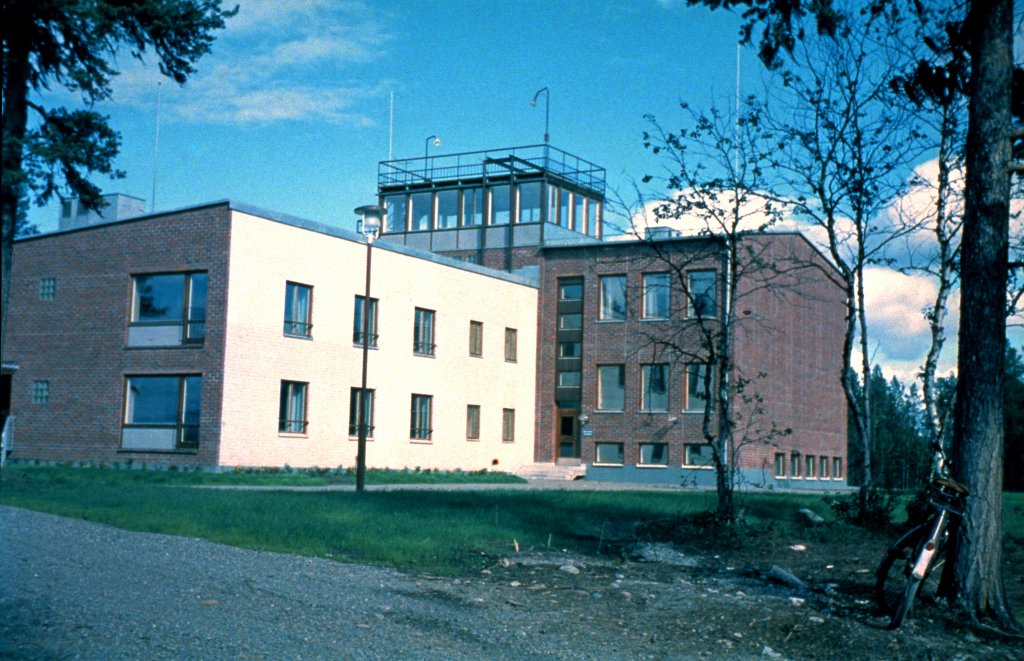60 years of space research
For six decades, the IRF has contributed to discoveries and progress in Swedish and international space research.
The Swedish Institute of Space Physics, IRF, was founded in 1957 by the Royal Swedish Academy of Sciences under the name Kiruna Geophysical Observatory (KGO). However, measuring instruments have been located in Kiruna as far back as the late 1940s.
Operations in Uppsala started in 1952 under the name Uppsala Ionospheric Observatory, as one of FOA’s research stations, and were transferred to IRF in 1976. In Lund, IRF’s operations started in 1996. Lycksele Jonospheric Observatory was transferred to IRF in 1970.
In 1973 the institute became a govermental research institute and in 1987 the name was changed to the Swedish Institute of Space Physics, IRF.

A partner for international cooperation
As early as 1968, the first IRF-built instrument was placed in orbit around the Earth on the European satellite ESRO-1. Since then, IRF has had “Principal Investigator” responsibility for some thirty research instruments on board satellites, including several on the first Swedish satellite, Viking, launched in 1986.
IRF’s first research instrument to another planet was sent to Mars on a Soviet space probe in 1988. Since then, the institute has had space instruments in orbit around several other planets and other objects in the solar system: Venus, the moon, Saturn, and the comet 67P/Churyumov-Gerasimenko. In 2018, instruments were sent on their way to Mercury and in early 2019 an instrument from IRF, on board a Chinese spacecraft, landed on the far side of the moon.
